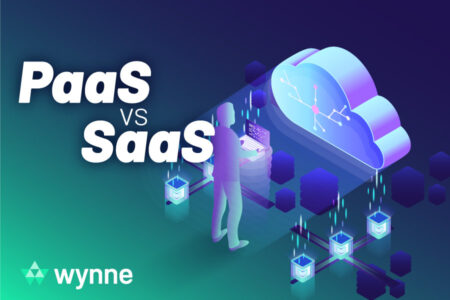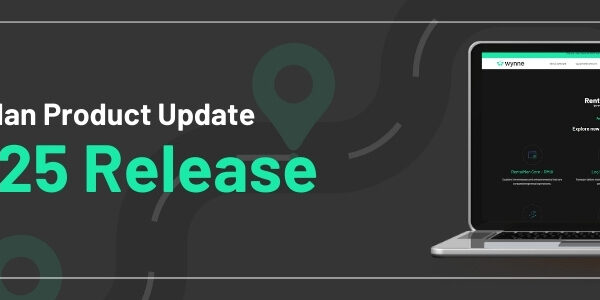
- PaaS allows more control over the environment but requires more expertise to set up and maintain.
- With SaaS, you don’t need to worry about maintaining the infrastructure or installing updates on your own, but it’s less customizable.
- PaaS offers a platform to build custom applications. The benefit is that businesses can customize it for each application, which means it can be more cost-effective in the long run.
What are the Differences Between PaaS and SaaS?
PaaS is a platform-as-a-service provider that provides the tools for building, deploying, and managing customized applications on client servers.
SaaS is a software-as-a-service provider that provides pre-built software over the internet to customers, with limited customization via application interfaces (API). A Quick Guide to API Translations – Wynne Systems
PaaS offers organizations a platform to build their applications on. The benefit of PaaS is that businesses can customize it for each application, which means it can be more cost-effective in the long run.
SaaS provides pre-built solutions in an off-the-shelf package and is less expensive than PaaS solutions, but they are not as customizable.

Why You Should Use a PaaS Over SaaS
A PaaS simplifies and speeds up software development by providing all the components that are required for creating a customized application for equipment rental companies. These include:
- Operating systems
- Software libraries
- Databases
- Web servers
The fundamental difference between PaaS and SaaS is that PaaS provides you with infrastructure, while SaaS provides you with software only. With PaaS, you have more control over your environment, but it requires more expertise to set up and maintain it. With SaaS, you don’t need to worry about infrastructure or installing updates on your own, but it’s less customizable than PaaS.
What are the Limitations of SaaS?
SaaS solutions are increasingly becoming popular in the market. However, they are not without their limitations. There are challenges faced by SaaS solutions that need to be overcome.
- Limited flexibility. The limitations of SaaS solutions are that they are not flexible enough and cannot be customized to suit the needs of the customer.
- Potential data privacy and security issues. The service provider secures the application, but the use of public clouds can lead to unauthorized access to sensitive data, which is a major concern for both companies and individuals. Cloud data needs to be secured by the company.
- Hosted remotely. The software is only available through the hosted provider. This leaves a lack of control over data, leaving the business dependent on the vendor’s capabilities.
- Slow latency. There are often latency issues with remotely hosted software applications that are not present with client-server applications.
When Should You Consider Using a PaaS?
PaaS is the gold standard and is designed for the enterprise customer, with enterprise-grade security and scalability. Wynne Software offers a PaaS solution for building, running, and managing applications. It is designed to facilitate the rapid development of web applications and services for the equipment rental industry.
Some benefits to organizations include:
- Scalability: PaaS enables organizations to scale their application quickly without having to worry about the infrastructure or hardware requirements.
- Performance: PaaS ensures that applications are always up and running with minimal downtime, high availability, and low response time.
- Flexibility: PaaS provides organizations with a wide range of programming languages and frameworks that they can use when building their apps.
- Integration: With PaaS, developers can integrate their app with other tools such as databases
What are the Limitations of PaaS?
PaaS is a great way to develop and deploy applications without the need to worry about the underlying infrastructure. But PaaS is not without its limitations.
- Difficulty with integration. It can be difficult to integrate with existing systems.
- Needs IT professionals. It is not always easy to use because it requires extensive coding knowledge.
- PaaS knowledge is required. The developer needs to have a basic understanding of how PaaS works to use it.
- High cost. It can be expensive if you are looking for high availability or scalability.
- Infrastructure maintenance. Another limitation of PaaS is that while building and deploying your application may be easier, you are still responsible for maintaining the underlying infrastructure.
PaaS vs. SaaS Conundrum—Which is Better?
In the end, it all comes down to what you need. Some companies may find PaaS more appropriate for their needs, while others may find SaaS more suitable. PaaS is the gold standard option for companies who want to control how their infrastructure is configured and run. It also allows them to scale up and down quickly, depending on the load. SaaS is a better option for those who are looking for quick deployment of software without having to worry about installation or configuration issues.
PaaS and SaaS are both great in their way. SaaS is better for startups and companies that are just starting because of the low-cost investment. PaaS is better for bigger companies or companies that have a budget to invest in the product.




